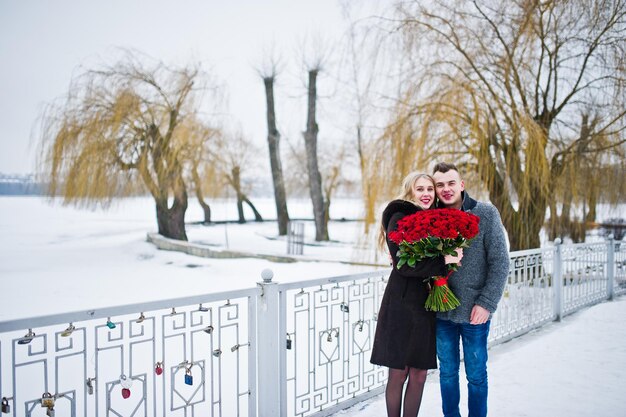
Have you ever been to Poland? There might be many places there that you didn’t even know existed. Here’s a look at some unusual things you can do in Poland. Enjoy!
KUDOWA-ZDRÓJ, POLAND
Imagine a chapel made entirely out of human bones! The walls are lined with skulls, and the ceiling is adorned with shin bones. If you open the trapdoor to the crypt below, you’ll find an additional 21,000 skeletons. These bones belonged to victims of wars and plagues. Between 1776 and 1804, a local priest named Vaclav Tomasek gathered, cleaned, and arranged these skeletons, which were taken from shallow mass graves left by the Thirty Years’ War, the Silesian Wars, and cholera outbreaks.
SZYMBARK, POLAND
This quirky tourist attraction brings to life the topsy-turvy effect that communism had on Poland. Located at the foot of a mountain, it features a house that’s completely upside down, symbolizing the inversions of communist rule. Whether you’re interested in its political message or just want to experience walking through an upside-down house, it’s a fun visit!
WALBRZYCH, POLAND
Książ Castle is like something out of a fairytale, complete with a Gothic design and steeped in Nazi treasure conspiracy theories. Nestled in the Owl Mountains of southwestern Poland, it’s a place full of secrets and mysterious stories from World War II.
GRYFINO, POLAND
About 80 years ago, some abusive farming practices might have stunted the growth of around 400 trees in Poland’s Krzywy Las, causing them to grow in a peculiar bent shape. These trees look as if they’re hovering just above the ground before taking a sharp turn upward to form a J shape. It’s a unique and dramatic sight to behold.
WIELICZKA, POLAND
The Wieliczka Salt Mine is like an underground city made entirely of salt. Back in the Renaissance period, it was one of Europe’s biggest business ventures. Nowadays, it’s not just a tourist attraction; it’s also praised for its health benefits. The mine’s atmosphere is excellent for people with respiratory issues, and there’s even a health resort inside for visitors to stay.
KRAKOW, POLAND
The limestone formation of Wawel Hill, formed about 25 million years ago, is more than just a chunk of rock. It’s full of strange caves and crawl spaces, famously said to have been home to the Wawel Dragon. Various legends tell the story of these rocky chambers and how Krakow got its name, but they all involve a dragon.
KŁODZKI, POLAND
Błędne Skały, or Errant Rocks, is a natural rock formation in southwestern Poland, near the Czech border. It’s an intricate set of rock blocks reaching up to 853 meters above sea level, forming a picturesque labyrinth. Once an important passage in Central Europe, it now offers well-chiseled paths for exciting hikes through its unusual rock formations.
KRAKOW, POLAND
Hidden just beneath Kraków Old Town’s main square is a fascinating medieval market vampire graveyard with holograms. This 4,000-square-meter archaeological site, located only four meters underground, is a high-tech multimedia wonderland that’s definitely worth exploring.
KETRZYN, POLAND
Deep within the Polish forest, you can find the remnants of a Nazi stronghold where Hitler was nearly killed by a suitcase bomb. Though these ruins are slowly being reclaimed by nature, they’re still accessible for those willing to venture into the forest to uncover relics from this historical site.
GRABARKA, POLAND
The Holy Mountain of Grabarka is covered in thousands of crosses of all sizes, shapes, and colors. It’s the holiest site for Orthodox Christians in Poland, and each year, thousands of pilgrims visit to pray and seek healing.
PNIEWO, POLAND
Built by the Nazis in the mid-1930s as a defense against Russian forces, this underground complex has now become Europe’s largest bat reserve, housing around 37,000 bats during the winter. While visitors aren’t allowed in the tunnels during this time, many parts of the complex are open to tourists at other times of the year.
WARSAW, POLAND
The Keret House holds the title of the world’s narrowest house, with an awkward living space that’s only four feet wide. Initially conceived as an artistic concept by Polish architect Jakub Szczesny during the WolaArt festival in 2009, the house has since been built and has gained significant international attention.
NORTHWESTERN POLAND
In northwestern Poland, you’ll find massive sand dunes that have been moving for thousands of years, pushed by winds from the Baltic Sea. These dunes move about 10 meters a year, swallowing trees and drastically changing the local environment as they go.